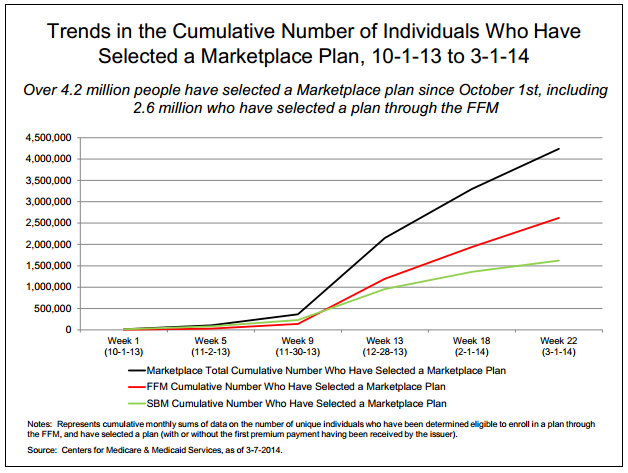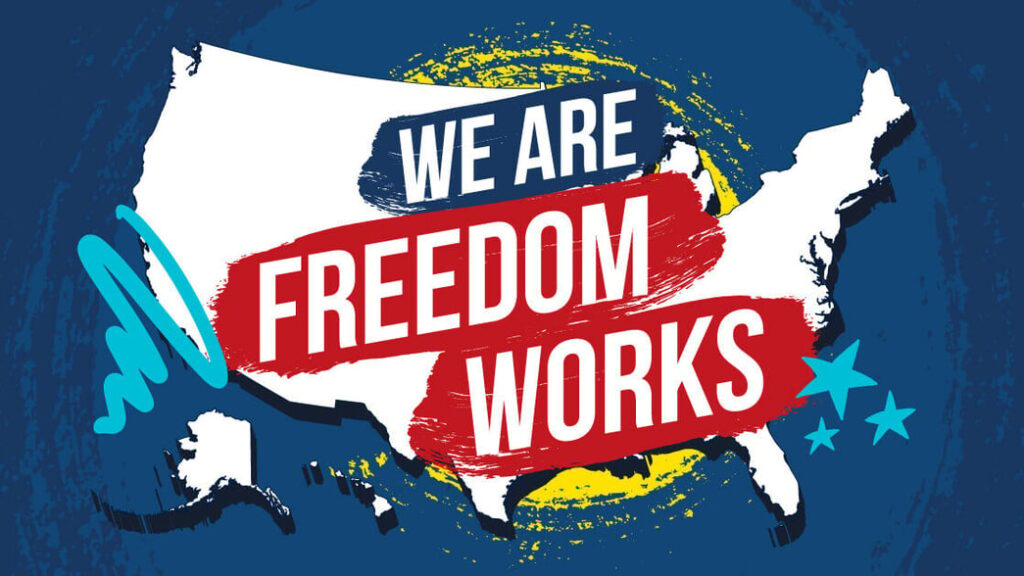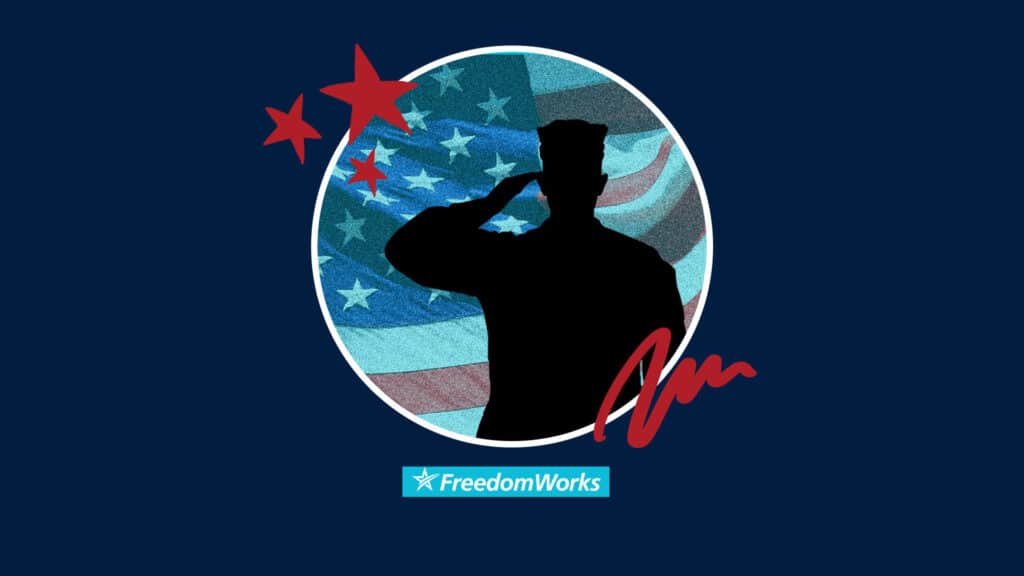FreedomWorks Policy Update: Is HHS Hiding Latest ObamaCare Enrollment Data?
In the early months of the open enrollment period for the insurance exchanges created under the Affordable Care Act (ObamaCare), nobody in the Obama administration seemed to know how many people had actually signed up for the subsidized insurance plans being offered. This left a lot of experts and members of Congress curious given that the exchanges, after all, were Internet-based and must have had some sort of electronic record of usage and purchases. As bad as the technical problems were during the initial roll out of the ObamaCare exchanges, there was simply no way that these websites were built without a mechanism that tracked or could be used to track enrollment. Yet the administration remained persistent that they had no such data.
The truth is likely that those website glitches suppressed initial enrollment to dismal levels and that the White House was simply saving face by claiming ignorance. This is almost undeniably the case, because as soon as many of the technical problems had been rectified and enrollment began to tick up, the Department of Health and Human Services (HHS) and the White House were miraculously able to report on a consistent basis exactly how many people had selected insurance plans through the exchanges. In fact, HHS has released a very detailed report on insurance exchange usage for both the federal and state run exchanges every month since the beginning of open enrollment. Well… almost every month.
I referenced these reports in a post I compiled last week, on April 9, that dove into the Obama administration’s latest claim that over 7 million individuals had enrolled in exchange-based insurance plans. I figured many people were probably curious where the White House was getting the 7 million figure from. I explained:
“Every month since open enrollment on the exchanges began, the Office of the Assistant Secretary for Planning and Evaluation (ASPE) within HHS has released a report detailing cumulative exchange usage and enrollment for both federal and state-managed exchanges. Best guess is that the White House is referencing a statistic in the report labeled “Marketplace Eligible Individuals Who Have Selected a Marketplace Plan.” This appears to be the closest thing to “enrollment” that is reported by HHS. The ASPE report for October through the end of February, which was published March 11, reported that a little over 4.24 million had “selected a marketplace plan.” We’ll likely have to wait a few more days for ASPE to tally March enrollment to see if this is the source of the White House’s figure.”
Now, two and a half weeks into April, the administration and its allies are still running with the “over 7 million” figure, even boldly claiming that the number of enrollees has grown to as many as 8 million since the end of March. Curious how that is possible since open-enrollment technically closed at the end of March, but I digress. As I’ve noted before, the number of sign-ups is largely irrelevant and both supporters and detractors of the law have admitted to this. Yet, what actually stands out to me about the latest enrollment claims by the administration is that the ASPE and HHS have yet to release their monthly report on enrollment through the end of March to support it. In fact, judging by the release dates of the previous 5 reports, this month’s report is almost a week late and counting.
Considering the administration’s behavior during the initial roll out of ObamaCare, denying they had access to data they were later proved to be in fact privy to, the question is now begged:
What are they hiding about the latest exchange enrollment data?
Possible Answers
As detailed as the previous ASPE enrollment reports have been, they really only tell us a few things relevant to the debate over the efficacy of ObamaCare:
- Enrollment in exchange-based insurance plans
- Medicaid eligibility determinations
and - The age demographics of individuals enrolling in exchange-based plans
The question therefore becomes, which of these could the administration be concerned enough about that forced HHS to withhold this month’s report thus far? Let’s briefly evaluate the options.
1. Enrollment in exchange-based insurance plans.
As mentioned before, the number of people that are enrolled in the plans doesn’t actually matter all that much in the grand scheme of things. As I explained in a previous post, the 7 million figure is not some magic number. It was an estimate made by the Congressional Budget Office last year of how many individuals would likely sign up during this first open enrollment period. More important are the characteristics of the enrollees, a point I’ll expand on shortly. Regardless, this means that the administration has little incentive to hide the raw total of individuals that have enrolled in plans.
This does remain a possibility however. Despite the technical irrelevance of reaching 7 million sign-ups, it does seem to hold some superficial significance. The Obama administration bought in hard on 7 million sign-ups and went for broke to get there. While not reaching that total wouldn’t have any real effect on the mechanics of the exchange-based insurance plans, it might have devastated the administration’s credibility and Democrats’ chances going into the 2014 mid-terms. Further, information contained in the last ASPE report released in March suggests that the trend in sign-ups wasn’t heading anywhere near 7 million by the end of March:

As you can clearly see, the rate of enrollment was beginning to level off through January and February, with total enrollment at just over 4 million. With enrollment for January and February at around 2 million combined, adding an additional 3 million in a single month would require a huge spike upward in the rate of enrollment. While that is certainly possible, the drastic nature of such an uptick lends credibility to the argument that the White House may be fudging the 7 million number.
2. Medicaid eligibility determinations.
Since the exchanges opened, the number of users they have determined eligible for Medicaid has consistently outnumbered the number of people that have signed up for exchange-based insurance plans. Yet, for all of Medicaid’s faults, be it the program’s gross insolvency or poor quality of care provided, the administration is actually proud of the amount of people that have gained Medicaid coverage. Even if the unreleased March numbers indicate a rapid escalation in the number of Medicaid eligibility determinations, outpacing insurance sign-ups, this is only a point that would only be perceived as a problem with the law by its opponents, yours truly included.
3. The age demographics of individuals enrolling in exchange-based plans.
This is the most likely sore spot for the Obama administration. The last ASPE report revealed that the overwhelming majority of enrollees in the exchange-based insurance plans were in fact older, and thus likely less-healthy, Americans. Sign-ups of individuals 45 and older for these plans actually out-paced enrollment of those aged 18 to 34 by a 2-to-1 margin. This means that the insurance risk pools being created by the ObamaCare exchanges and the subsidized coverage being offered are predominantly attracting those with the greatest propensity to draw on insurance and be a net-cost to the system. Without a large population of young and healthy individuals, who would be net-payers, in the exchanged-based insurance plans, the risk pools could become insolvent, forcing insurance companies to dramatically raise premiums across their customer base, from ObamaCare exchange-based to private market plans.
As proud as they are about 7 million or 8 million or however many sign-ups, the administration is well aware that the raw total of individual sign-ups is largely irrelevant to the stability of the plans created by the Affordable Care Act. They are equally aware of the importance of having enough young people sign up for exchange-based plans in order to subsidize the wave of older and less-healthy people drawn in by the promise of guaranteed and subsidized coverage. This is why the administration has spent the better part of this year, and especially the last month, conducting now infamous youth outreach stunts such as “Pajama Boy” and a White House interview with Zach Galifianakis, the equivalent of Curly of the Three Stooges in the “Hangover” movie trilogy. The failure to obtain sufficient youth sign-ups would be a huge blow to a White House that essentially traded the esteem of the Office of the President of The United States for them, making this the most likely reason they are withholding the specifics of latest enrollment figures.
Related Content
FreedomWorks Letter to Congress in Support of the Fiscal Commision Act (H.R. 5779)
FreedomWorks Letter to Congress in Support of Fiscal Commision Act (H.R. 5779)




